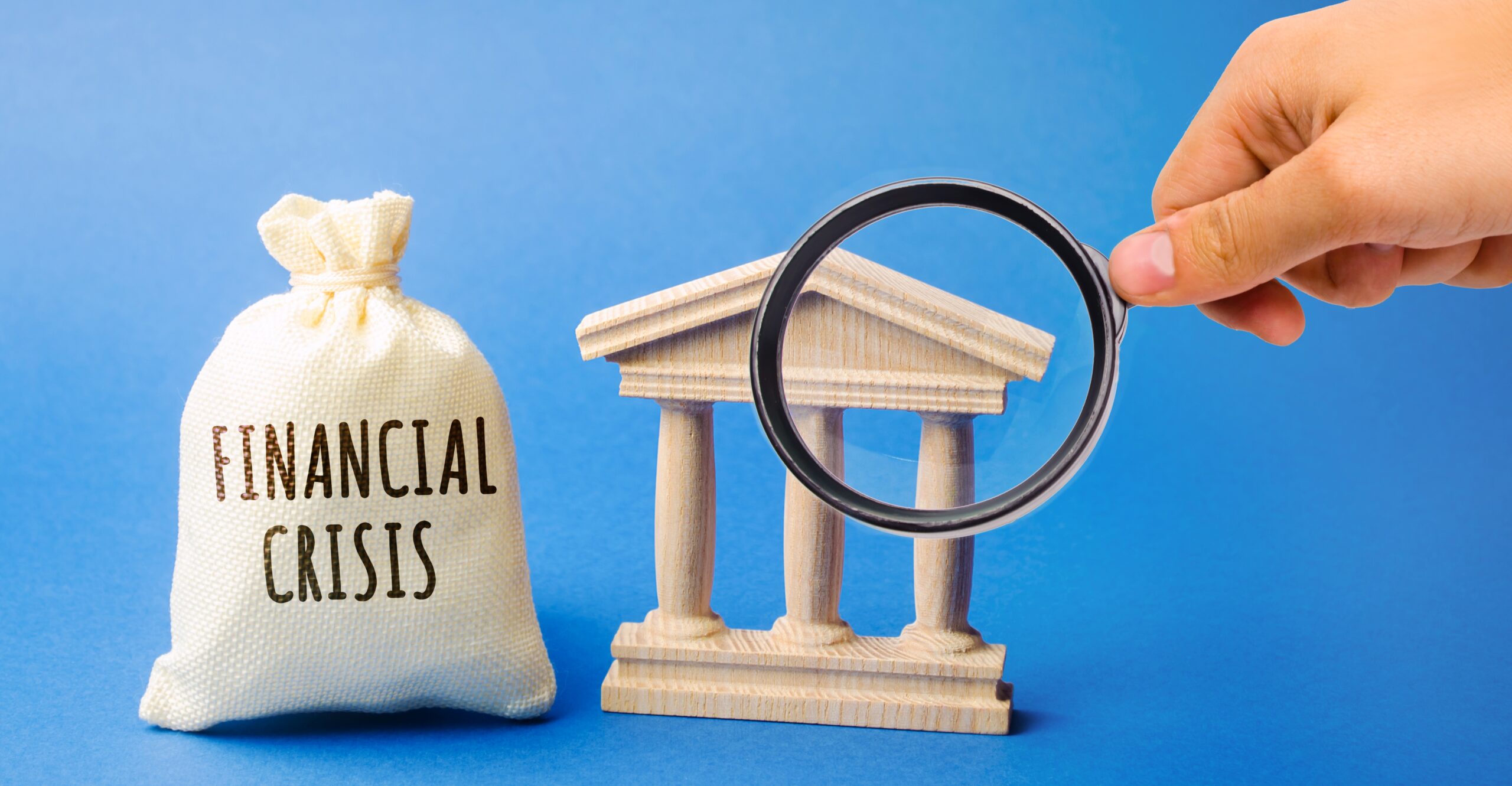What is the relationship between inflation and the CPI?
Inflation and the Money Supply
Inflation is a function of the money supply and of demand for products. If the money supply is fixed, as it was under the gold standard, then inflation is absolutely a function of demand. If the money supply is not fixed, as it is not under a fiat monetary system, then the money supply becomes a function of demand. For example, if the Fed prints $100 billion dollars and uses it to buy mortgage-backed securities (MBS) from banks and other institutions, the money supply increases by $100 billion. But if the banks and other institutions then sell the mortgage-backed securities to the public, the public now has $100 billion in additional savings and the money supply has not increased at all.
In the case of the Fed’s purchase of mortgage-backed securities, the money supply has not increased, but the public’s demand for cash has increased. Essentially, it amounted to a bookkeeping transaction. The banks did not lend money because they were not required to lend money as a result of the Fed’s purchase. The Fed’s purchase of mortgage-backed securities merely postponed the inevitable reduction in the money supply that would have been brought about by the banks. Fractional reserve banking, which requires banks to hold only a fraction of their deposits in the form of cash, means that the banks will have to reduce the value of their deposits by the amount of the Fed’s increase in the money supply. So if the Fed buys $100 billion of mortgage-backed securities, the banks will have to reduce the value of their deposits by $100 billion. The fact that the banks are not required to lend money as a result of the Fed’s purchase of mortgage-backed securities does not mean that the economy will not suffer the consequences of the Fed’s actions. The Fed’s action has the same effect as if the banks had used the Fed revenue to expand the money supply. The banks would have bought mortgage-backed securities and then lent the money to borrowers, so the money supply would have increased and prices would have increased as well.
The Fed’s purchase of mortgage-backed securities is an inflationary action. It may be true that the Fed has reduced the amount of interest-bearing assets that banks have on their balance sheets, but it has not reduced the amount of deposits that the public has. The public now has $100 billion in additional savings, which means that it has more money to spend on goods and services. This increase in the money supply that is caused by the public’s new savings will increase the demand for goods and services. Couple this with a strained global supply chain, and the demand multiplies very quickly, resulting in higher prices and lower volume of goods circulating in the market.
Printing money is not bad in and of itself. If money is not created, the goods and services economy will take a significant hit and the price of goods and services will be reduced to their cost of production or less. This will make goods and services cheaper to the consumer and create a general increase in prosperity. However, too much money being printed and injected into an economy can cause it to heat up much more than supply can satisfy the demand for products.
The Consumer Price Index (CPI)
Prices are not inherently a function of the supply of money, but a function of the supply of goods and services. The consumer price index (CPI) is a measure of price inflation for a group of goods and services purchased by households. The U.S. Department of Labor’s Bureau of Labor Statistics (BLS) compiles the CPI by conducting a monthly survey of the prices of thousands of goods and services purchased by consumers.
Following are the steps BLS uses to calculate the CPI:
1. BLS obtains price quotations for a specific “market basket” of goods and services. The market basket contains a variety of items, such as transportation, food, fuel, and medical care.
2. The market basket is divided into eight categories that reflect consumers’ purchasing habits.
3. Prices for each of the eight categories are obtained.
4. Prices are recorded in a time series that begins in 1982.
5. To calculate the CPI, BLS divides the price of each good or service by a base year price. The base year is initially set at 1982. This means that in the first month of the time series, the CPI is 100.
6. The base year is changed every time the CPI is revised. This is done to allow for a more accurate comparison of the current CPI with previous years. The current base year is 2012. The next time the base year is changed, it will be based on the average price of goods and services in 2012.
7. The CPI is published on a monthly basis by BLS. The CPI is also published on an annual basis in conjunction with the release of the U.S. Bureau of Economic Analysis (BEA) survey of personal consumption expenditures (PCE). The PCE is used to calculate real GDP.
8. The CPI can also be used to calculate the inflation rate. The inflation rate is the percentage increase in the price level.
How does the government deal with inflation?
Sharp increases in US inflation mean the Federal Reserve will not only raise interest rates, but will also continue to raise interest rates at a faster pace. When the Fed raises interest rates that influence inflation by decreasing the supply of money and increasing its value. The Fed doesn’t raise rates very often, but when they do, they are increasing the short-term interest rate (called the federal funds rate). This is the rate banks charge each other for overnight loans. These loans are a huge percentage of daily bank activity, so this rate has a big impact on the money supply. When the Fed raises the federal funds rate, banks are able to charge more interest to borrowers. Those higher costs eventually trickle down to consumers as well. This is why the Fed’s actions can have a big impact on inflation.
If inflation becomes too high, the Fed will raise interest rates again to try to bring it back down. When inflation is low or even falling, the Fed will lower interest rates to stimulate the economy.
How Inflation impacts the Economy
It’s pretty obvious that inflation is not good for an economy. It makes people feel less wealthy without actually making them wealthier. This is why inflation is considered a hidden tax. The most common way people feel inflation is through the prices of goods and services. The higher those prices rise, the less money people have to spend on the goods and services they want. For example, if the price of a can of soup increases from $1.00 to $1.50, you’re paying 50 cents more for the same product. You might not even notice that the product you want is 50 cents more expensive. If the price of a can of soup increases from $1.00 to $2.00, you’re paying $1.00 more for the same product. That’s a far more noticeable change. When inflation is higher, people need to spend more money to purchase the same goods and services. That means less money left over to spend or invest. When inflation is higher, the economy slows down.
The Federal Reserve’s job is to try to find a balance between inflation and deflation (or even stagflation). If they push inflation too high, they risk slowing the economy down too much. If they allow inflation to be too low, they risk deflation, or falling prices.
Learn More: What Is Deflation and How Is it Different from Inflation?
How Inflation impacts you
Inflation affects everyone differently. As from broad price increases, inflation can have some pretty deleterious effects on your personal budget in other areas. Some people take on more debt to make up for the higher prices. That can lead to high credit card interest and other fees. Others may try to save as much as possible in order to protect themselves against inflation. That can also lead to higher credit card balances if they use credit cards to save.
The key to surviving inflation is to pay off debt. Even if prices are rising, you can control your debt levels. If you are in a lot of debt and interest rates rise, you can see a jump in your interest payments and your debt may grow even faster. If you pay off your debt, you’ll be able to avoid that.



